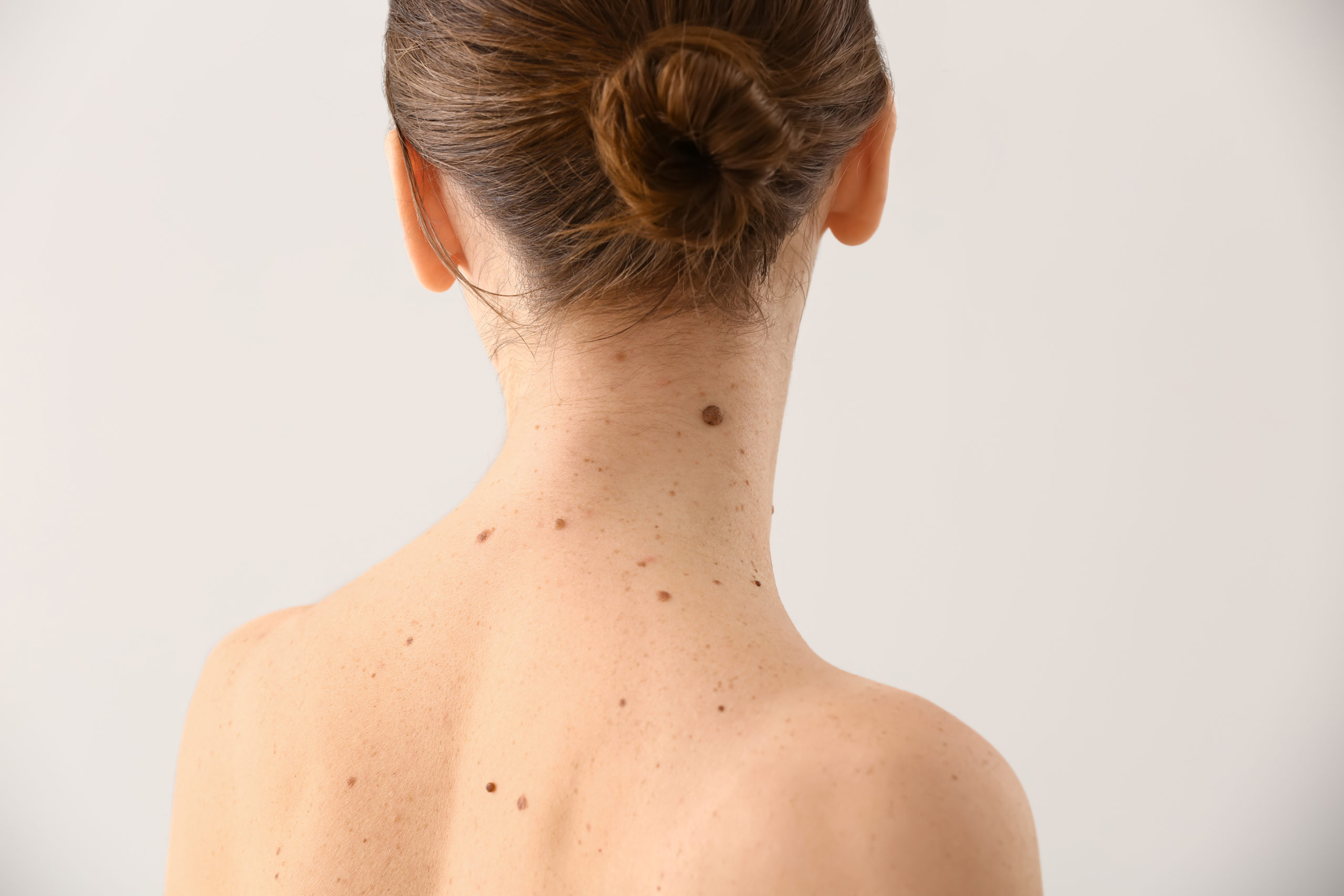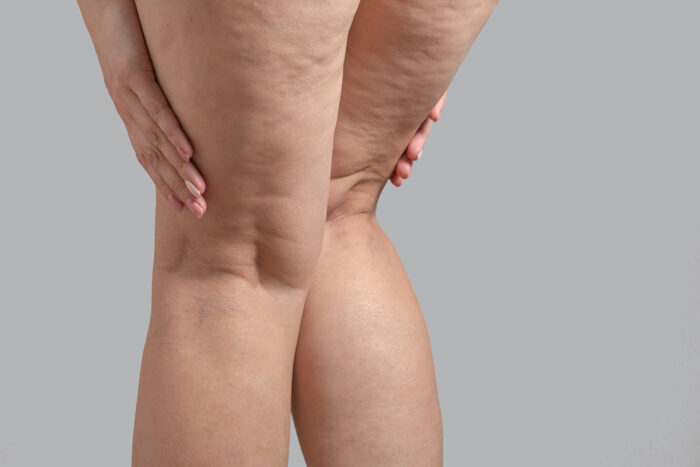All of us have an assortment of skin blemishes, brown and red spots, birthmarks, and other odd looking speck. While most of them are harmless, some can indicate possible skin cancer. Fortunately, skin cancer is usually very treatable when spotted early, so we recommend that you know the signs and visit us if you notice anything.
What is Skin Cancer?
Skin cancer forms when cells in your skin begin to divide and grow abnormally. Sun exposure is one of the strongest factors contributing to skin cancer. Other factors include a family history of skin cancer or very fair skin. The most common types of skin cancer grow slowly, but some types can be dangerous, and all should be diagnosed and treated.





